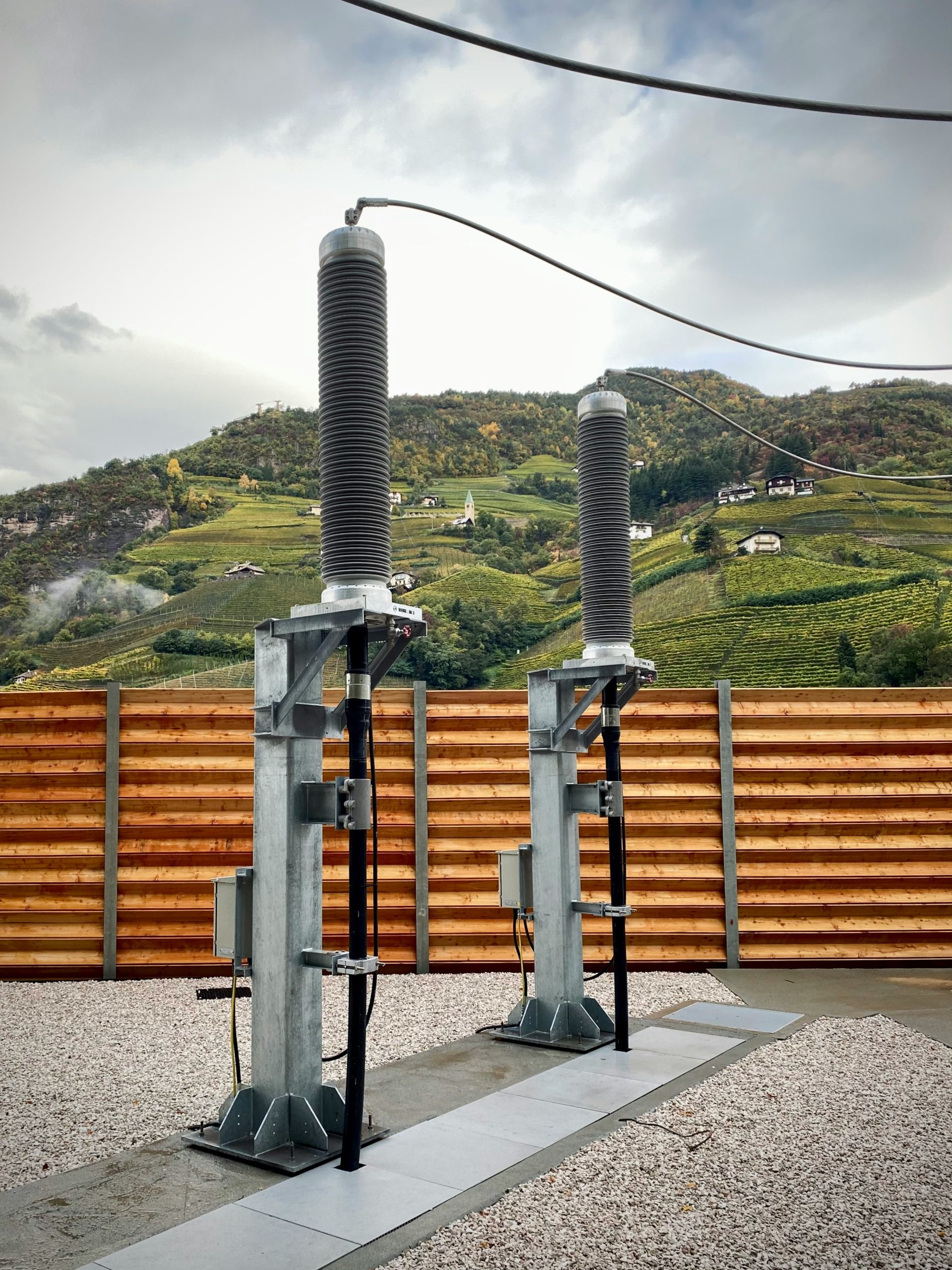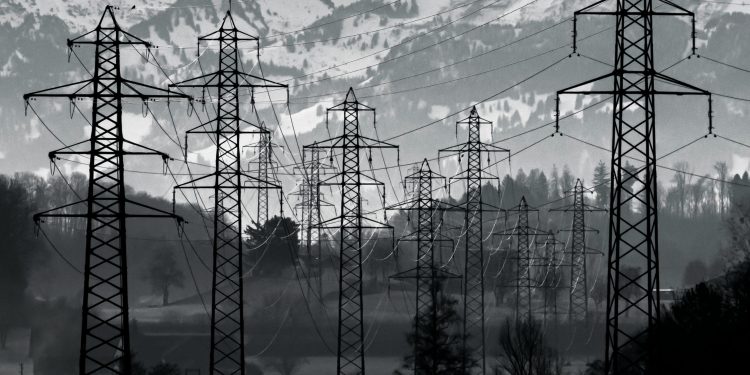China faces an unprecedented energy crisis as record-breaking heatwaves strain its power grid to historic limits, with officials warning of potential blackouts and urging vulnerable populations to guard against life-threatening heatstroke.
The country’s electricity demand surged past 1.5 billion kilowatts last week, making it the third record shattered this month alone—as millions of air conditioners run nonstop against relentless 40°C (104°F) temperatures.
How Extreme Heat Is Crippling China’s Power Generation
Chen Hui, a senior China Meteorological Administration official, revealed the dual blow to energy infrastructure: hydropower output has plummeted due to drought conditions while solar panel efficiency drops dramatically in extreme heat. The crisis has forced authorities to implement emergency measures like peak-shaving protocols and cross-regional power transfers to prevent grid collapse.

Since mid-March, China has experienced its highest number of over 35°C (95°F+) days in recorded history, with 152 weather stations reporting temperatures above 40°C (104°F). The northwestern Xinjiang region hit a blistering 48.7°C (119.7°F), while central provinces like Henan, Hubei, and Shandong endure unrelenting heat. Jia Xiaolong of the National Climate Centre warned that August temperatures could surpass even these records, creating a prolonged national emergency.
Already, the authorities have issued urgent health alerts advising the elderly population to remain indoors and urging construction crews and delivery workers to minimize outdoor activity during peak heat hours. Hospitals report surging cases of heat exhaustion and heatstroke, particularly in urban heat islands where concrete and asphalt amplify temperatures.
Why It Matters
The current heat dome phenomenon (which scientists have linked to climate change) has already driven the national average temperature to the second-highest ever recorded. With power demand continuing to rise and energy infrastructure pushed beyond designed limits, this crisis raises existential questions about China’s ability to adapt its energy grid and public health systems to an era of extreme weather events.
















